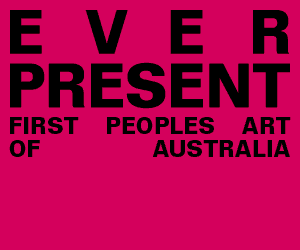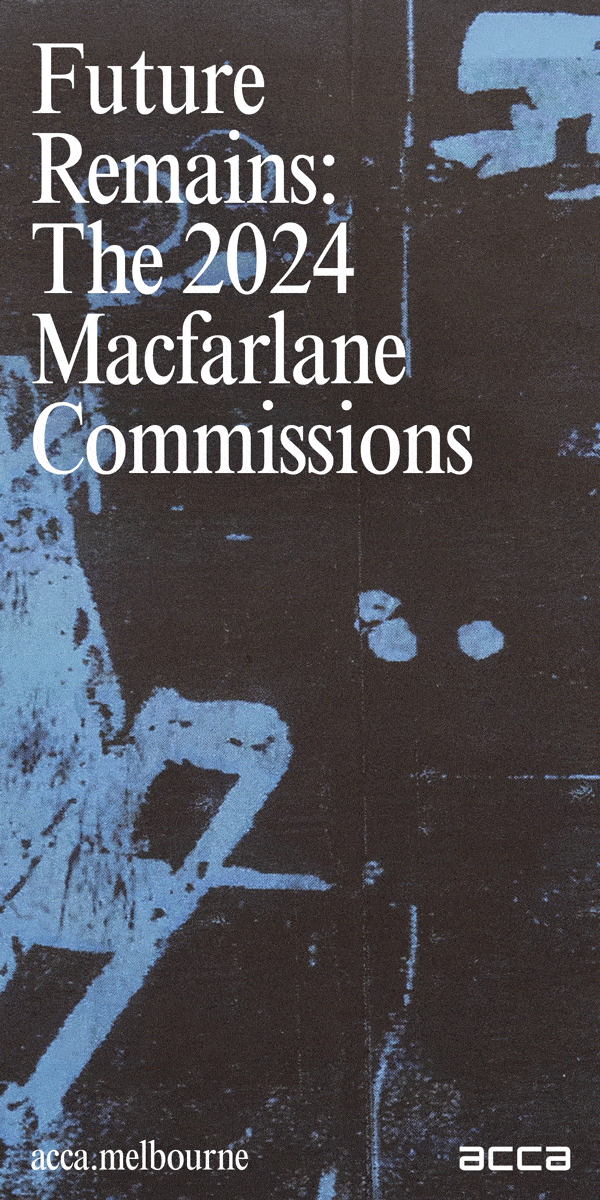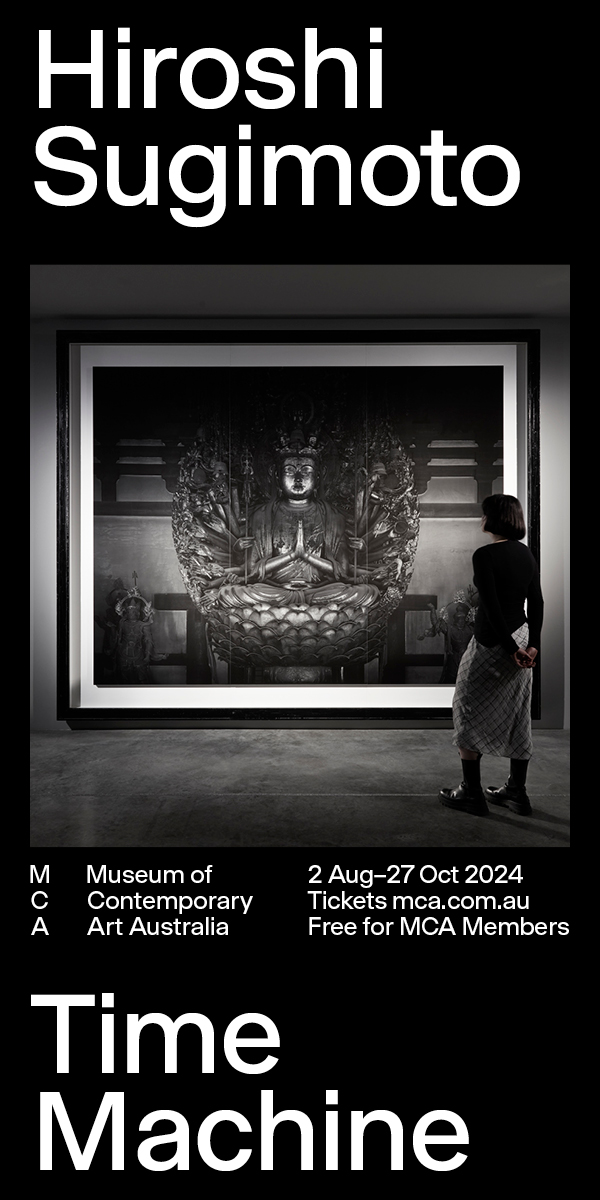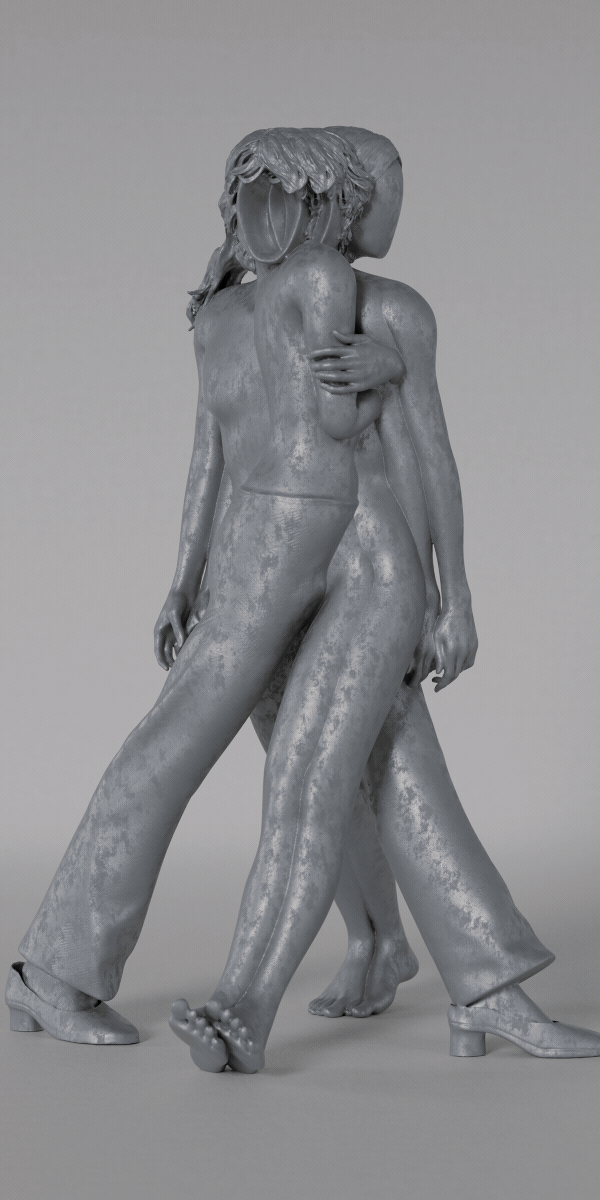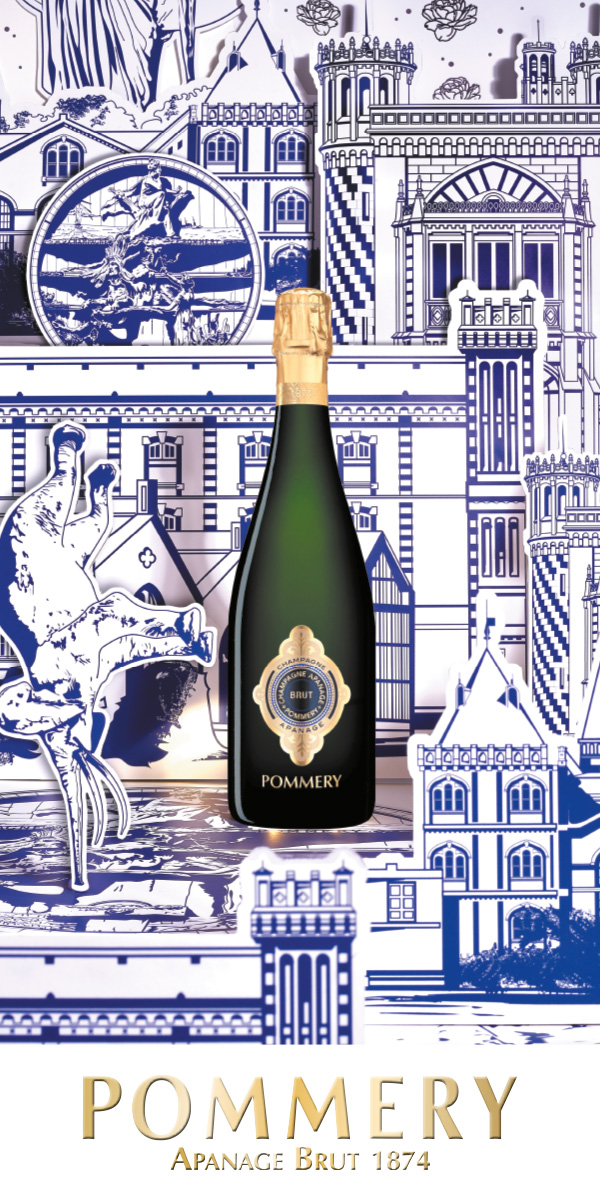Tia Ranginui: My Other’s Other
Tia Ranginui adds her own spin to contentious Māori ‘fairy’ tales.

Image credit: Tia Ranginui, Billow, 2022, pigment, print 80 x 120 cm. Courtesy Laree Payne Gallery
Photographer Tia Ranginui (Ngāti Hine Oneone) was raised in Koriniti, up the Whanganui River, in Aotearoa New Zealand. As a child, her grandfather and uncle told her about patupaiarehe, the original inhabitants of Aotearoa, according to some Māori traditions. They had pale skin and red or fair hair, lived a nocturnal life in the mountains and forests, and were veiled in swirling mists. They were occasionally heard singing and playing flutes, but seldom seen. They were said to bewitch people – especially young women – to lure them away. Red and-fair-haired Māori offspring were sometimes said to be the result of coupling with them.
A less-known term for patupaiarehe is pākehakeha or pākepakeha, which may be the source of the word Pākehā, used to distinguish the Europeans who arrived later. It has been suggested that, in 1642, when Ngāti Tūmatakōkiri clashed with the first European explorers, they may have seen them as patupaiarehe.
But who or what were patupaiarehe? They are referred to as the ‘first people’, but also as ‘fairies’. Were they natural or supernatural, actual or imagined, real or mythic? In recent times, some have taken the stories literally, as evidence that white people arrived in Aotearoa before Polynesians, hence undermining Māori claims to indigeneity. They include white supremacists Kerry Bolton, who compiled the book Legends of the Patupaiarehe: New Zealand’s White Fey Folk (2004), and Martin Doutré, who runs the website Ancient Celtic New Zealand. In 2015, a two-part television ... Subscribe to read this article in full





